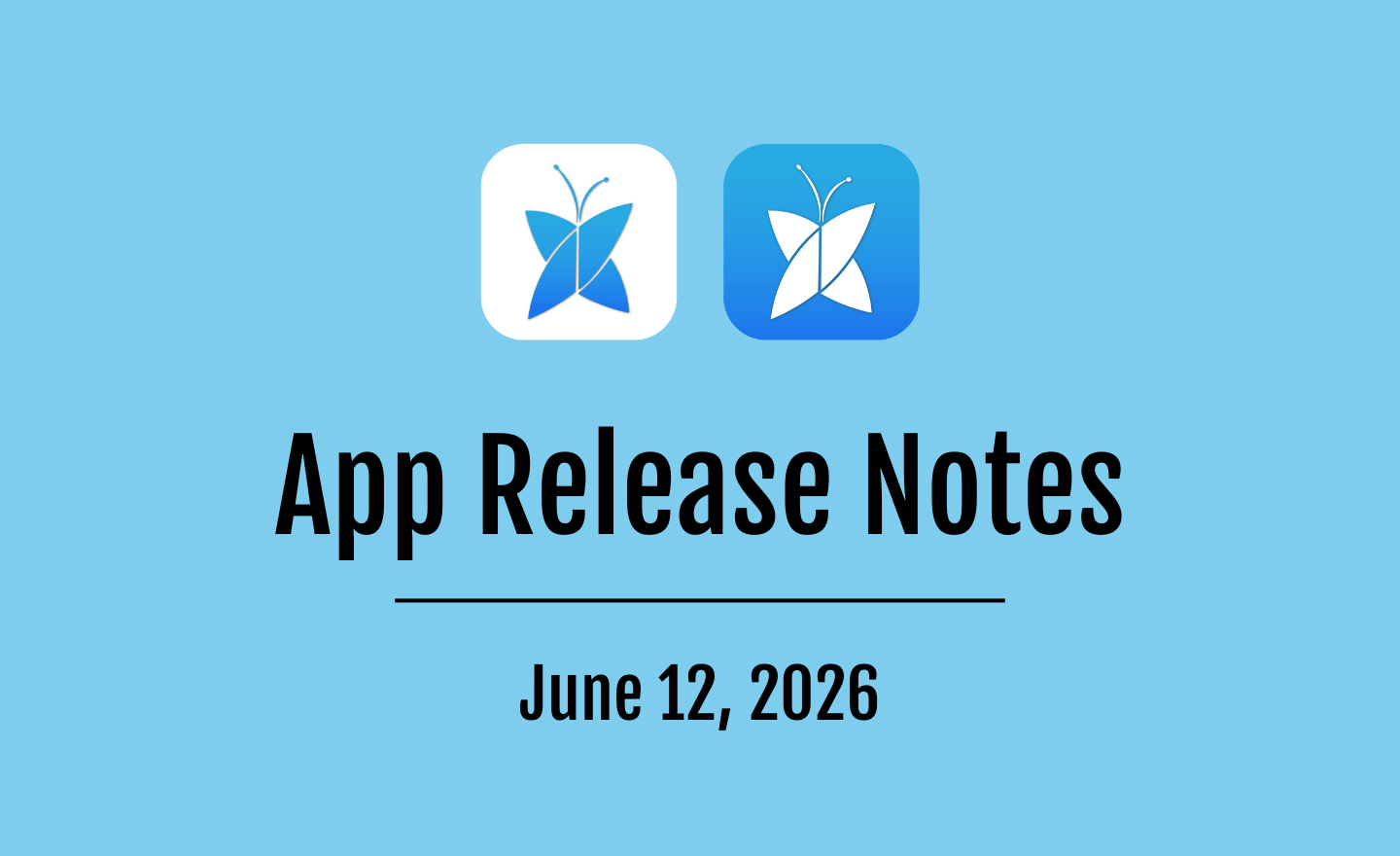These days, our phones contain everything and we rely on them heavily for our day-to- day tasks (at least I know that I do). We all hope that we don’t lose them and all the valuable information on them. But, it does seem to happen and that’s why I’ve shared some very simple tips to backup your phone, as listed below:
iPhone
Through iCloud
The first method for backing up your iPhone can be done simply with your phone and a WiFi connection. First, connect your device to a Wi-Fi network. Go to the “Settings” app, then select your name at the top (labelled apple ID, iCloud, iTunes & App Store), then select “iCloud” followed by “Backup”. From there, simply make sure that the “iCloud Backup” is turned on. Press “Back Up Now” to begin backing up your phone. From now on, your iPhone will automatically back itself up through iCloud as long as:
- your phone is charging
- you’re connected to WiFi
- your phone screen is locked
- you have enough space on your iCloud account (5GB Free to start, additional storage available)
Through iTunes
Backing up your iPhone using iTunes is fairly simple as well. Connect your device and open up iTunes. Click “File” then “Devices” then “Transfer Purchases”. For saving your Health and Activity data you will have to encrypt. There should be an “Encrypt iPhone backup” check-box, select it and create a code that you will remember so you can access it or change it at a later time.
Additionally, you can backup your photos to your computer, simply by plugging it in and doing a simple drag ‘n drop with the file explorer / finder.
Android
Google Back-up
On Android, the best place to start is to go with Google’s own backup features built-in to the phone.
To help protect your backed-up data, use a PIN, pattern, or password screen lock, instead of a swipe or Smart Lock.
- Open your device’s Settings app.
- Tap System > Advanced >Backup.
Tip: If these steps don’t match your device’s settings, try searching your settings app forbackup. - Turn on your backup service.
Note: On a tablet that people share, only the tablet’s owner can see the backup and reset options.
The next step with Google is to go into your accounts and sync up the long list you will find under you account. This will cover all your calendar, contacts, documents, photos and other important things, making it tied to that account. That data will then be accessible by any other device with that email synced to it.
Back-up Photos with Google Photos
- On your Android phone or tablet, open the Google Photos app.
- Sign in to your Google Account.
- At the top, tap Menu.
- Select Settings > Back up & sync.
- Tap “Back up & sync” on or off.
- If you’ve run out of storage, scroll down and tap Turn off backup.
Things to keep in mind about this setting:
- Changing backup settings will affect all apps that use back up & sync, such as Google Drive.
- If you have back up & sync on, deleting the Google Photos app from your device will not turn it off. To turn off Back up & sync, follow the instructions above.
PC Back-up
With a USB cable connect your Android to your computer. Use the pull-down menu and select “USB connection.” Find the USB Mass Storage option, a drive or disk should appear on your computer screen. Once you open it up you can copy all the files in there into a folder on your computer. A smart idea would be to date the folder you copy into so you can easily keep track of which folders are which.









